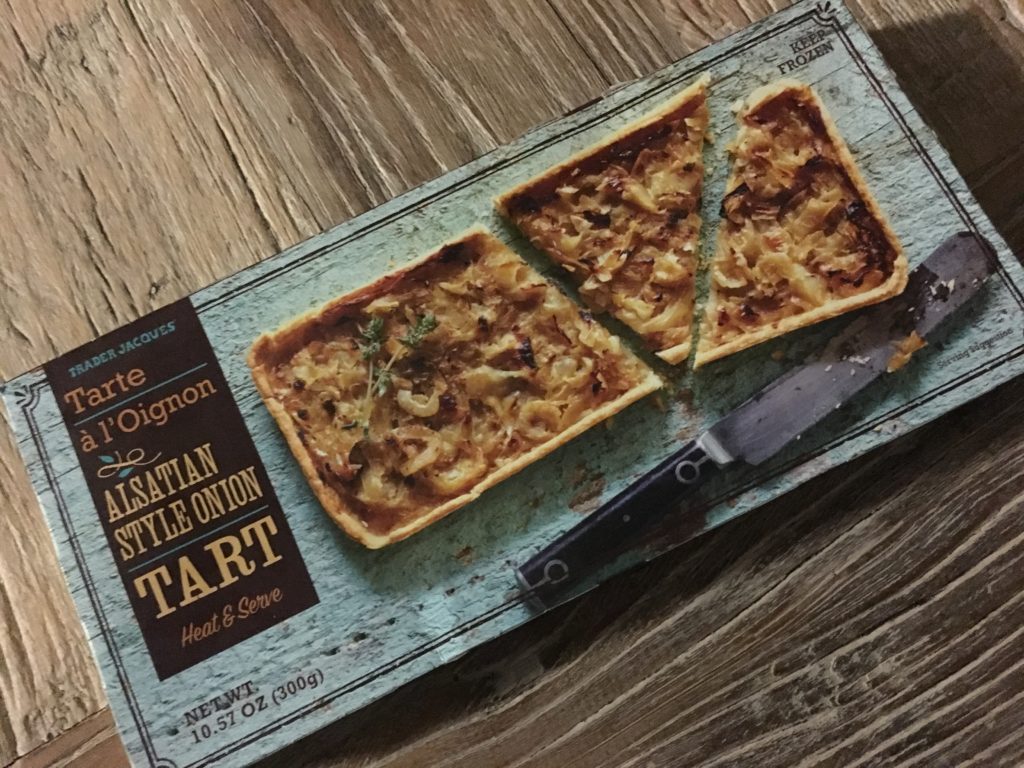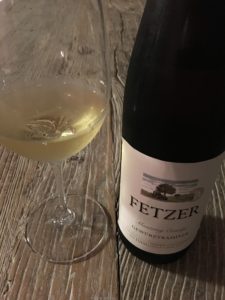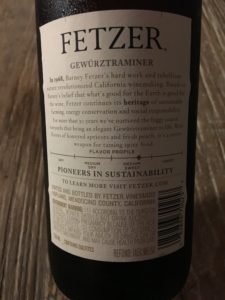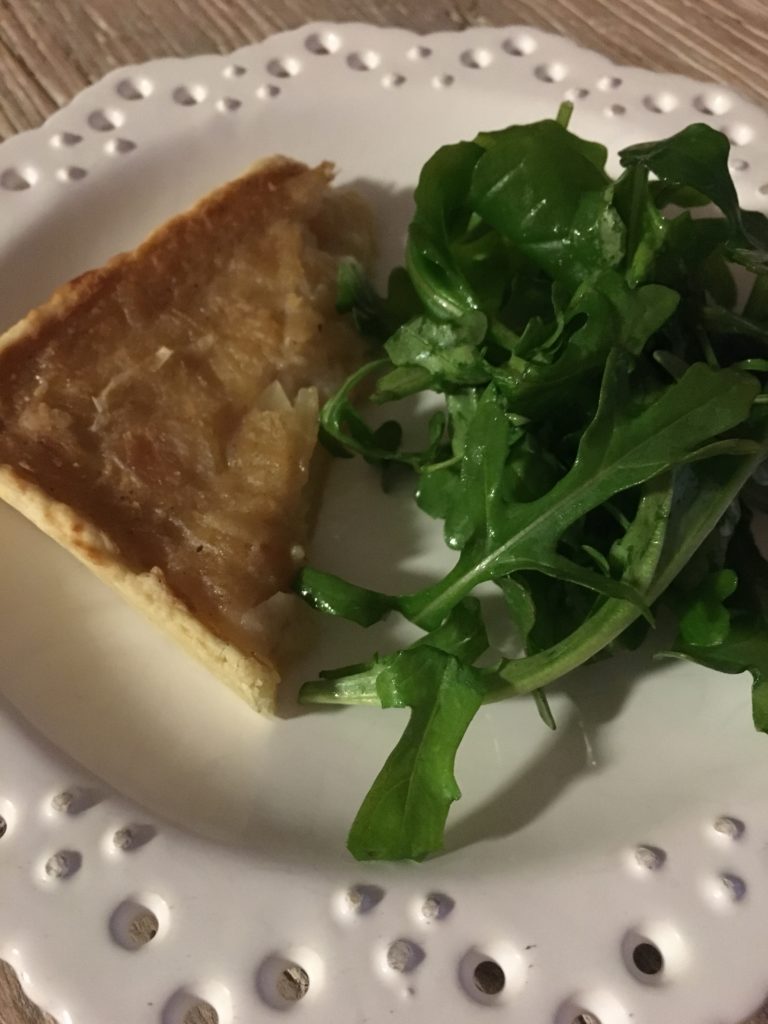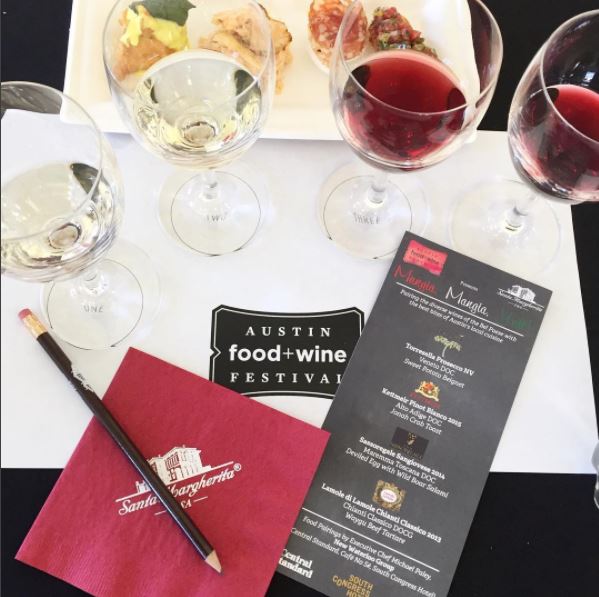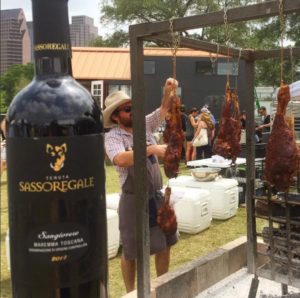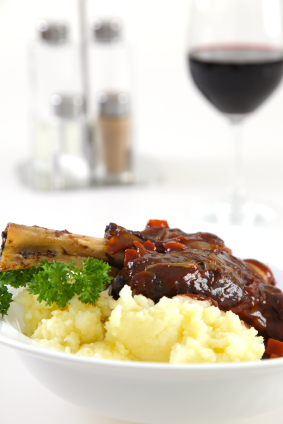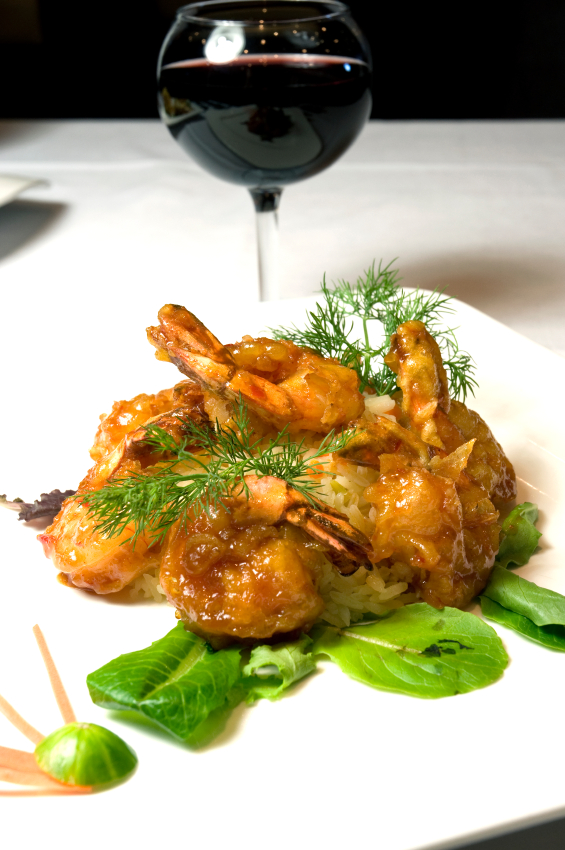Something simple this Tuesday night. I love the sweetness of onion tarts and while, I’ll be honest, I’m not a fan of Gewurztraminer, my hunk-of-man-meat is a fan. I figured the overt aromatics of the wine would be a welcome accent to the simple onion tart.
Plus ‘what grows together goes together’ and Gewurztraminer is one of the noble grapes of Alsace…
About the dish
Sooooo…we had some mechanical difficulties with the tart. We bought this right from the freezer of our local Trader Joe’s and had it in our freezer within 60 mins of purchase. Yet, when we pulled it out of its wrapper, it was covered in a thick layer of frost. I couldn’t chunk off the ice without taking out the filling so I left it on and hoped for the best.
That ice was clearly not supposed to be there.
We cooked it as long as directions said and then cooked it some more since there was no browning in the crust (and that’s the best part of the tart!)
Flavor-wise, it was as simple as expected: vaguely creamy with wonderfully caramelized onions held together by a (still slightly under cooked) tart.
About the wine:
100% Gewurztraminer from Monterrey County, California.
Medium yellow color (Gewurztraminer is a pink-skinned grape, so no surprise there). Complex aromatics but the intensity was not as pronounced as I thought it would be given the grape and the origin. It gave generous citrus and tropical notes (like an elegant fruit cocktail, if there were such a thing) and classic lychee & rose petal Gewurztraminer markers.
The wine is full bodied and I sensed some CO2 on the palate (to help lift Gewurztraminer’s relatively low acidity?). Flavors were sweet pineapple (actually refermenting pineapple) and green apple with juicy acidity and moderate finish including a parade of those tropical/pineapple flavors.
It was not quite bone dry (very helpful back label shows a scale and calls this medium sweet – perhaps it had a sweet attack but I thought it finished relatively dry). Maybe call it fruity. I looked at the Fetzer website for more information but they have tech sheets for a Gewurztraminer called ‘Sandy Loam’, which does not appear to be the same bottling that Trader Joe’s carries. Still, that ‘Sandy Loam’ wine has 3.25g/L RS, so that one is definitely dry.
About the pairing:
It sort of worked. I mean, my man was happy to be drinking Gewurztraminer and sometimes you have to pair the person to the wine.
This pairing was a play on contrasts with the wine displaying overt fruitiness and and complexity relative to the simplicity of the tart. The caramelized onions echoed the fruity sweetness of wine, but otherwise the tart played the role of ‘palate refresher’. The tart was more robust than delicate (perhaps because we never got it quite thoroughly cooked?) as was the wine, so that worked out well too.
I might have to try that tart again to see how it was meant to taste…

